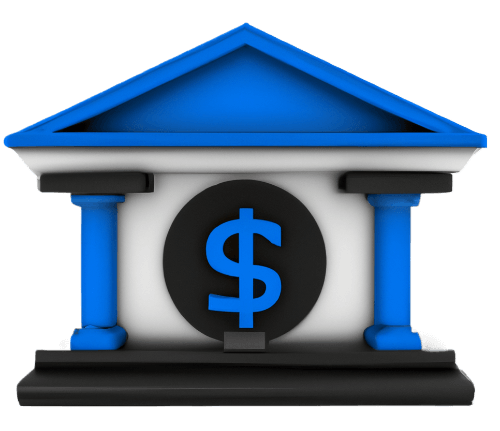Economic Indicators
Economic indicators are statistical measures that aim to capture and reflect the behavior of various aspects of the economy for analysis, whether for academic, political, investment, or other purposes.
Classification of Economic Indicators
There are different criteria for classifying economic indicators. The most important are usually the reaction time, trend evolution, or the economic area to which they belong.
Leading, Lagging, and Coincident Economic Indicators
Depending on the time it takes an indicator to react to what is happening in the economy, we can say that they are leading, lagging, or coincident. Leading indicators, also known as leading indicators, anticipate the general trend of the economy. Therefore, they are often used to predict the behavior of the economy or a particular sector. For example, building permit applications can anticipate activity in the construction sector.
Lagging indicators are those that change after the general trend of the economy. They are generally used to confirm forecasts made. For example, the unemployment rate tends to move as a consequence of the general behavior of the economy, and therefore, it usually changes after the economy has started to move in a certain direction.
Coincident indicators, on the other hand, are indicators that change at the same time as the economy. Therefore, they are often used to analyze the current state of the economy and different economic cycles, such as the gross domestic product (GDP) or retail sales.
Procyclical and Countercyclical Economic Indicators
Depending on the trend of an indicator compared to the trend of the economy, an indicator is said to be procyclical when it follows the same trend as the economy. When the economy is recovering, the indicator also recovers, and when the economy is in recession, the indicator follows suit. For example, the gross domestic product (GDP), energy production, or retail sales.
Conversely, countercyclical indicators are those that move against the general trend of the economy. When the economy is recovering, the indicator decreases, and when the economy is in recession, the indicator increases. For example, the unemployment rate or corporate profits.
There are also acyclical indicators, which are indicators that show no relationship with the general state of the economy, or the correlation is very low. These indicators tend to be stable in the long term and structural, reflecting aspects of the economy that persist over time and have low sensitivity to short-term changes, such as demographics or existing physical infrastructure.
Economic Indicators by Area
In this case, indicators can be classified according to the economic area they seek to measure. There are many, but the most important are economic growth indicators, which measure expansion or contraction in terms of production and economic activity, such as GDP; labor market indicators, which evaluate dynamics related to the workforce of an economy, such as the unemployment rate or labor participation rate.
We also find price indicators, which aim to show changes in price levels and purchasing power variation over time, such as the consumer price index (CPI) and inflation; foreign trade indices, which show international trade relations, such as the trade balance and the balance of payments.
Additionally, public sector indicators are important, measuring activities related to public finances and state spending; well-being and human development indicators, such as life expectancy or extreme poverty rate; and specific sector indicators, such as agricultural production, automobile sales, or financial services, which gain relevance depending on the country.
Economic Indicators and Personal Criteria
Different people use different criteria to determine whether the performance of the economy has been good or bad. These criteria frequently depend on personal interests. For example, exporters usually prefer a depreciation of the national currency, while importers prefer the opposite. Some people prefer stability, while others favor some volatility to capitalize on losses or gains that may arise from speculation. Others focus on wage levels for specific sectors that affect their standard of living. Therefore, different groups of people have different interests and tend to interpret the same indicator in various ways.
However, some objectives are often common, such as full employment, price stability, economic growth, equitable income distribution, balance of payments stability, or a balanced state budget. In conclusion, the same indicator can be interpreted in multiple ways depending on who interprets it.
Use of Economic Indicators
Economic indicators are monitored for various purposes. Some analyze them to maximize investment returns, others use them to assess the economic climate and determine whether it is a good time to contract or expand businesses. Economists or analysts may use them simply to evaluate economic performance, assess the effectiveness of an economic or fiscal policy, make economic predictions, or compare different countries.
Numbers alone mean nothing unless compared to something else. Economic indicators only provide valuable information when compared, for example, a consumer price index of 120.8 means nothing unless complemented by information such as the base year on which the index is measured and figures from previous months and years to observe the change. In this example, the result would be inflation, which must also be compared to performance in previous periods.
